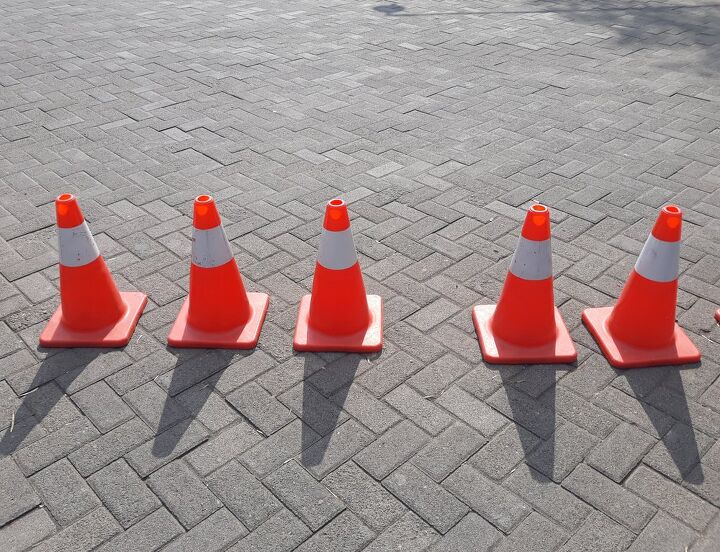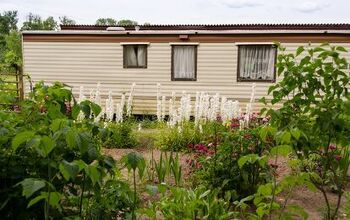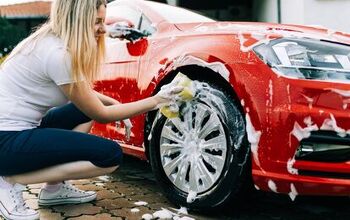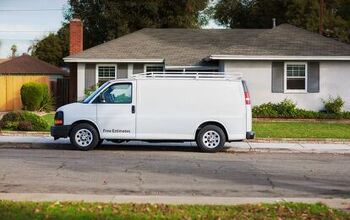Can I Put Cones In Front Of My Driveway? (Find Out Now!)

Orange traffic cones are commonplace in construction zones, but traffic cones are also becoming the norm in residential neighborhoods. Parking issues rank amongst the highest issue in neighborhood disputes. Taking the matter into your hands by putting cones in front of your driveway may or may not be the answer.
Under the law, a private citizen cannot block a driveway in a public area. This includes using traffic cones. Part of your driveway may be on public property that is owned by the city or county. Before you place cones at the end of your driveway, consider other ways to prevent people from parking on your property.
Understandably, you want to prevent people from being on your property without permission. Let’s take a closer look at driveways under the law. We’ll also discuss different types of traffic cones and options for securing your property.
Don't want to do it yourself?
Get free, zero-commitment quotes from pro contractors near you.

How is a Driveway Defined Under the Law?
The law has a very broad definition of a driveway. It is a short, paved, or unpaved road that runs from a public road to a garage or house. The law also defines a driveway as a throughway between two parking areas. Additionally, the law states that aisles in a parking lot are not considered driveways.
Is a Driveway on Private or Public Land?
A typically residential driveway in on both public and private land. The city or county maintains ownership of a small section of land between public streets and private property lines. You are granted rights to use the public land for the apron of your driveway. Put simply, your property line does not extend all the way to the street.
If you put traffic cones at the end of your driveway, law enforcement could issue you a ticket for blocking access to public land. Additionally, any private citizen can come along and move the cones. Another issue to consider is that if someone hits one of the cones, you could be held liable for damages.
How Traffic Cones are Used
Similar to road signs, traffic cones come in many colors, and each color has a specific meaning.
Orange Traffic Cones
We are all used to seeing bright orange traffic cones. The color tells drivers and pedestrians to proceed with caution because of a potential danger. Orange traffic cones are used to prevent serious injuries or death. This is why orange cones are used around construction sites.
Red Traffic Cones
Red traffic cones are a level up from orange traffic cones. If you see an area marked off with red cones, stay clear. It means that there is an imminent danger, not just a potential risk. Red cones may be used around hazardous waste spills, fires, and other situations in which drivers and pedestrians are sure to be injured or killed.
Yellow Traffic Cones
Yellow traffic cones also indicate danger, but at a lower degree than orange or red cones. For comparison, proceed with caution around orange traffic cones, and stay away when you see red traffic cones. Stay alert when you see yellow traffic cones.
Bright Green Traffic Cones
Bright green is another color that is used to alert others to dangerous situations. The cones are mostly used around entrances in areas with high pedestrian traffic. Bright green cones are also used by utility companies to alert workers of overhead wires.
Blue Traffic Cones
Blue is the only color of traffic cones that doesn’t indicate danger. Instead, the cones are used in parking lots to guide drivers to open spaces. Blue cones also help pedestrians avoid traffic from cars that are looking for parking spaces.
Do Traffic Cones Really Work?
We are all accustomed to seeing traffic cones in public areas, so we know when to pay attention. Setting up traffic cones at the end of your driveway may make you feel better, but it doesn’t fix the problem. People who really want to park in your driveway will do so, with or without traffic cones.
How to Prevent People from Entering Your Property
As you can see, traffic cones carry some pretty serious messages in the interest of public safety. Using cones at the end of your driveway may not be the most viable option. Let’s look at some alternatives so you feel comfortable and safe in your home.
No Trespassing Signs
No trespassing signs are very effective at letting people know the boundaries of your property. The signs also let people know that strangers are not welcome. It is true that people can still park in your driveway, but the signs help law enforcement better handle the situation. People who are caught trespassing face a ticket, fine, and, in some cases, jail time.
Security Cameras
Security cameras are a great way to keep people off your driveway and property. Most people know that they shouldn’t park in your driveway, but feel that no one is watching. Seeing a security camera at the edge of your property may help them reconsider the decision and find parking elsewhere.
Gates
Have you ever seen a gate with no fence? This is another great way to deter people from parking in your driveway. Gates are imposing, much more than no trespassing signs. Just make sure that the gate is installed a few inches behind your property line.
Related Questions
What is the difference between parking, standing, and stopping?
In most jurisdictions, parking means that you leave the vehicle. Standing is when the vehicle is not moving, and you are unloading people or items. Stopping means that the vehicle is in gear and not moving.
What is double parking?
Double parking is when you park alongside another vehicle without there being clear markings for a parking space. It is illegal, and it happens most often in large cities where parking is limited.
Don't want to do it yourself?
Get free, zero-commitment quotes from pro contractors near you.

Conclusion
Using traffic cones at the end of your driveway may or may not be legal. People are likely to ignore the cones, so they really aren’t that effective. You also have to consider liability in case someone hits the cones. If you are struggling to find ways to keep people off your property, don’t resort to traffic cones. Try no trespassing signs, security cameras, and gates.
Related Guide

Jennifer L. Eggerton loves being hands-on, whether it's with a home DIY project, making repairs, re-decorating a room, or keeping life organized. She enjoys helping people by sharing her knowledge, insights, and experiences, as well as her lessons learned. In addition to her work as a writer, Jennifer is a Jeep® overlander, self-published author, and nature photographer who loves being outdoors.
More by Jennifer Eggerton



























